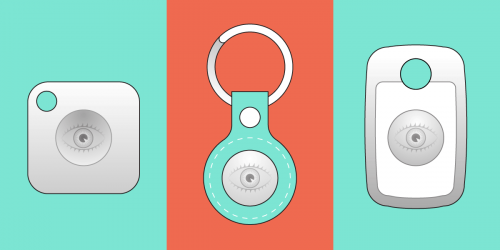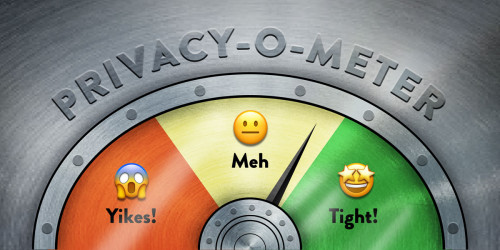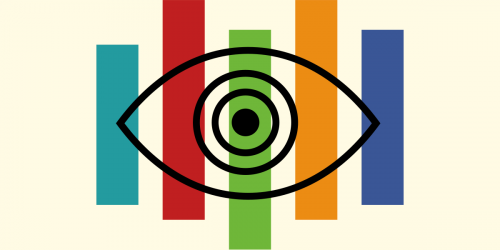Earlier this month, the House Committee on Homeland Security held a hearing to discuss the role of face recognition and other invasive biometric technologies in use by the Department of Homeland Security (DHS). Despite some pushback from some lawmakers on the committee, John Wagner of the U.S. Customs and Border Protection (CBP), Austin Gould of the Transportation Security Administration (TSA), Joseph DiPietro of the Secret Service, and Charles Romine from the National Institute of Standards and Technology (NIST) argued that face recognition and biometric surveillance is safe, regulated, and essential for the purposes of keeping airports and U.S. borders secure. This hearing made clear: this technology is not well-regulated, it does impact the privacy of travelers, and its effectiveness has yet to be proven.
Oddly enough, the group most in need of a check on how they use these technologies, Immigration and Customs Enforcement (ICE), was not in attendance at this hearing.
By far, the most questions from the committee were directed toward CBP, which recently announced that data, including photographs taken of license plates at checkpoints, had been accessed in a hack of the third-party contractor that provided the cameras. Although Wagner, of the CBP, said they were unaware that the camera provider could extract data, he offered little assurance—outside of saying that CBP would review protocol—that cameras feeding traveler photos into face recognition software could avoid similar vulnerabilities. What this exchange makes clear is that the best way to avoid the risk of having photographs of travelers’ faces hacked and leaked to the world is not to put up the cameras in the first place.
Chairman Thompson also expressed concern over face recognition software’s well-documented tendency to have a higher error rate when analyzing the faces of people of color. On the mind of Chairman Thompson was the recent test of Amazon’s Rekognition software, which falsely matched 28 members of Congress to mugshots in a database. As he stated in the hearing, while not all of the Members of Congress misidentified were people of color, a disproportionate 40% were. Although false positives continue to be a grave concern as face recognition becomes more ubiquitous, improving the software’s accuracy does not negate the more overwhelming dangers posed by face recognition. The use of face recognition and other biometric surveillance threaten to chill free speech and the freedom to travel. This is particularly true for people of color, religious minorities, and other groups who have been stereotyped and whose presence at protests, in airports, or in public, have been met with unfair suspicion and sometimes violence by authorities.
Another one of our concerns is the slow expansion of how and why CBP is using face recognition and Rapid DNA identification at the border. Wagner said, “U.S. citizens are clearly outside the scope of the biometric entry/exit tracking.” However, he went on to say, “The technology we’re using for the entry/exit program, we’re also using to validate the identity of a U.S. citizen. Someone has to do that. Someone has to determine who is in scope or out of scope.” Determining that involves scanning, but allegedly not storing images for a prolonged period of time, or sending those images to DHS for additional screening. This is exactly what face recognition on U.S. citizens sounds like.
Wagner also had no specific time frame for when CBP would release a long-awaited report that would document how their security measures at the border have helped to keep the United States safe. These invasive technologies continue to be deployed under the promise that they are deterring countless criminals and terrorists. It is past time for the CBP to prove that these averted threats actually exist.
It’s also not convincing when a representative of TSA, Austin Gould, boasts that 99% of all people traveling through their face recognition airport security trial were happy to let the government scan their faces. After all, we know it can be quite tricky and unclear for a person to assert their rights to opt out of such invasive procedures.
Although we can all be encouraged by the fact that people across the country are slowly recognizing the threat that face recognition poses to privacy and are pushing to ban its use, the government’s expansion of these programs continues. In spite of this changing public perception, the U.S. government continues to push its expanding use of face recognition and biometric surveillance. It’s up to us to stop it.













